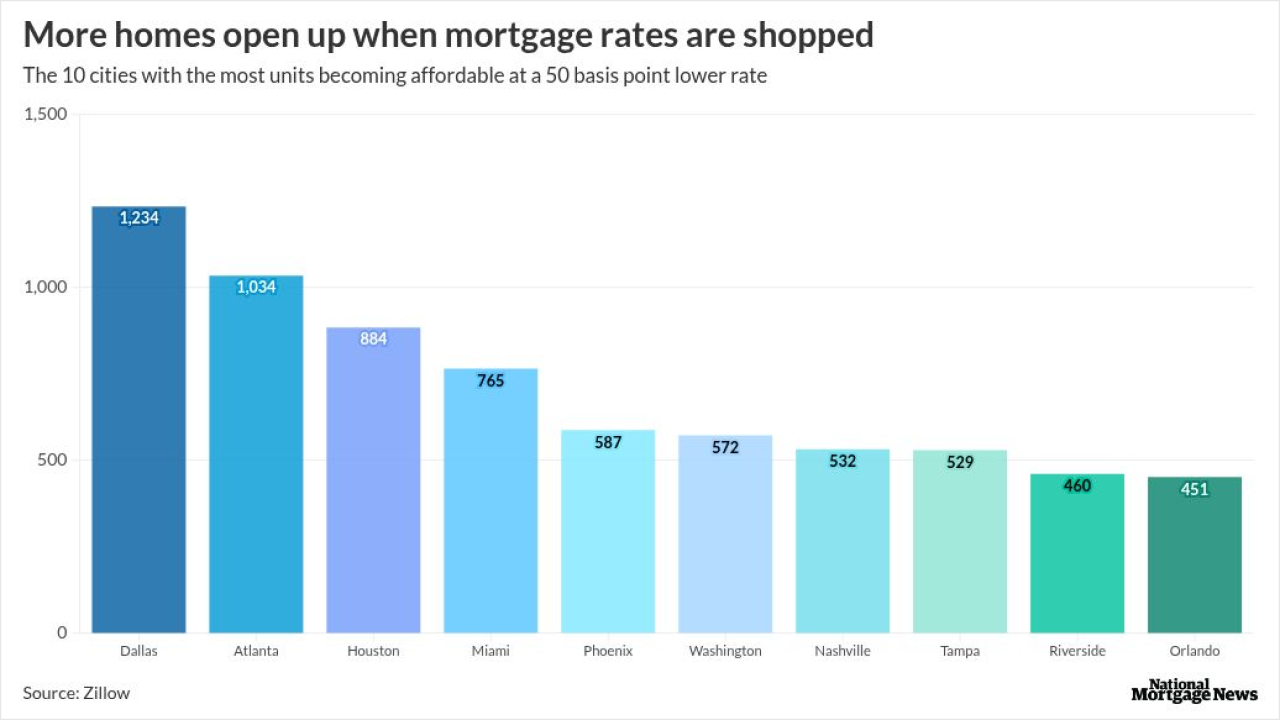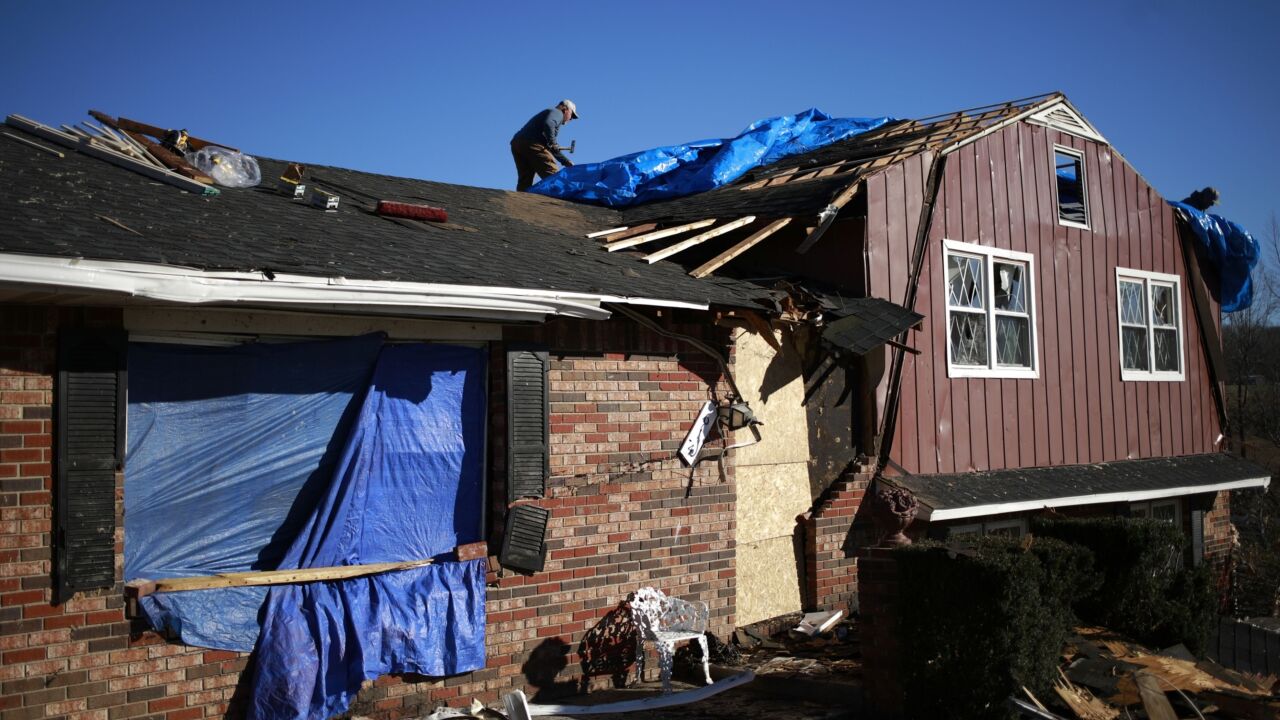This Sunday marks the 12th anniversary of Fannie Mae and Freddie Mac entering into conservatorship. Perhaps the only thing more shocking than that action back in
Nothing more exemplifies the myriad reasons for this lack of progress than the GSE profit sweep. In 2012, a few federal officials mandated that all GSE profits would be continuously stripped from the GSEs. This was done without any congressional or public debate through changes to
The profit sweep was quietly cheered on by the large Wall Street banks, who benefited from this roadblock to administratively ending the conservatorship. This shifted the focus to congressional action, where they could pursue their goal of new guarantors, which would allow them to use their secondary market dominance to gain an unfair advantage in the primary loan origination market (vertical integration).
And the profit sweep was quietly cheered on by GSE opponents, who hoped zero capital would make it easier to eliminate the GSEs or reduce their footprint. Finally, the profit sweep was quietly cheered on by those who understood that the diverted profits could be used for spending on non-housing purposes. Congress even passed a bill requiring GSE guarantee fees to be raised 10 basis points and used exclusively for non-housing uses.
In contrast, the profit sweep was denounced by the Community Home Lenders Association and other small lender and affordable housing groups. We knew that it was just a matter of time before housing markets turned down and the lack of capital or reserves would have negative consequences. Five years ago, the CHLA even proposed putting the swept GSE profits into a capital reserve account, which could have been used to cover future GSE losses. Unfortunately, our proposal was not adopted.
Sure enough, with COVID-19, the proverbial chickens have come home to roost. Federal Housing Finance Agency Director Mark Calabria recently explained that the pandemic is creating billions of dollars of GSE losses that he argues need to be addressed through repricing of risk. The result has been actions like the earlier 7% GSE penalty for purchasing loans in forbearance and the recently announced (and delayed) 50-basis-point
Without the profit sweep, or with the reserve plan the CHLA had proposed, none of these fee hikes would have been necessary. Of course, the GSEs' financial shortfalls would be even worse, necessitating even more severe actions, if Director Calabria had not commendably lifted the profit sweep shortly after taking office, allowing the GSEs to build up some modest reserves in the intervening period.
But all this is the past and can't be changed. The question going forward is what lessons we learn for the future. First, the surreptitious 2012 changes to the PSPAs demonstrate that all parties that care about GSE reform need to pay close attention to a potential next round of changes to the PSPAs. The administration's housing finance plan proposes using this vehicle to carry out certain changes, including language to ensure equitable access to smaller lenders. The CHLA supports that approach and recently wrote a
Second, Congress should fund the relatively small amount of money it would take to reverse the GSE fee increases and penalties put in place in response to the coronavirus. Congress and the Federal Reserve have provided trillions of dollars to support the economy since COVID-19 hit. Surely, Congress can return a small portion of the nearly $110 billion in net profits Fannie and Freddie have generated for taxpayers as a result of the profit sweep to protect homebuyers and owners.
Finally, the profit sweep and the pandemic raise important questions about the proper role of Fannie and Freddie in a post-conservatorship world. The 10-basis-point g-fee diversion expires in 2021; should Congress let it expire? (The correct answer is yes.)
Should we pursue policies designed to shrink GSE market share, even though that will reduce consumer mortgage access to credit? Should the GSEs be regulated by the FHFA under a utility model and if so, what pricing and product regulatory authorities should that agency have?
As the FHFA moves administratively toward an end to the GSEs' conservatorship, we need a vigorous public debate on these key issues. The folly of the GSE profit sweep shows what can happen when we fail to do that.





